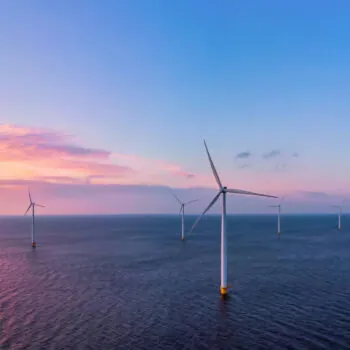Reform of the GB power market presents an opportunity to build vibrant new markets in the full range of low carbon resources necessary to achieve virtual decarbonisation of the sector by around 2030. These new markets should aim to promote innovation in new technologies and ensure that competition is harnessed to deliver maximum benefits for consumers. This involves opening up the market to new sources of finance and new entrants with business models focussed on delivering the necessary low carbon products and services.
The ‘Gold Standard’ market reform project (see note 1 below) has identified the shortcomings of current market arrangements in decarbonising the power sector, key outcomes that market reform must deliver and a set of design specifications for market reform capable of delivering those outcomes. Of paramount importance is the requirement for clarity in high level policy objectives along with a credible delivery vehicle to ensure the necessary outcomes are achieved. This is essential to promote a clear understanding of public value and provide confidence in the enduring nature of the new market arrangements. It is also critically important that there exists a credible transition path that avoids any hiatus in ongoing investments by ensuring that the market remains attractive to existing participants whilst creating the environment to attract additional players going forward.
The key problem that the new market arrangements will need to address relates to the fact that wholesale market prices are based on short run marginal costs and will therefore largely be driven by changes in fossil fuel prices for the foreseeable future. The majority of low-carbon generation has no exposure to fossil fuel price volatility in its cost structure and, therefore, future earnings do not benefit from the internal hedge enjoyed by fossil-fuelled plant. Moreover, in the longer term, low marginal-cost generation will increasingly set the marginal price. All investments — but particularly heavily capital-intensive, low-carbon resources like renewables and nuclear — will increasingly be unable to earn a revenue stream sufficient to repay investment costs.
Fossil-fuel price volatility (in either direction) sends a ‘mixed message’ to investors that serves to undermine power sector decarbonisation in current markets. Very high future natural gas prices reduce the effect of carbon price as a disincentive to the construction of and/or continued operation of high-carbon plant. Very low gas prices will tend to undermine the effect of carbon prices as a spur to low-carbon investment (see note 2 below). Therefore, to decarbonise the power sector in the requisite time-scale required to meet carbon reduction targets, new market arrangements will need to ensure that investment decisions are robust against either scenario.
A range of policies, institutions and regulatory mechanisms will be required to create and sustain new market arrangements that are capable of addressing these shortcomings. This paper contains an E3G proposed package of reforms which has been designed to deliver the required outcomes identified by the Gold Standard project. Apart from illustrating the components of an overall package capable of meeting the design objectives, this package has also been constructed with an eye to ensuring that market reform is politically robust and, therefore, deliverable.
This package assumes that a carbon pricing mechanism continues and is designed to leverage the benefits of a carbon price, while at the same time ‘future-proofing’ the market so it can successfully decarbonise, irrespective of future fossil fuel price variability. Carbon pricing will continue to ensure that fossil-fuelled generation becomes increasingly efficient and is dispatched in an optimal manner as long as it remains on the system. In addition, carbon pricing will continue to play a key role in stimulating the participation of the demand-side and other low-carbon resources in delivering system stability. Moreover, carbon pricing will continue to ensure that retail suppliers are exposed to the full cost of fossil-fuelled generation when choosing among resource options to meet their customers’ energy service needs.


